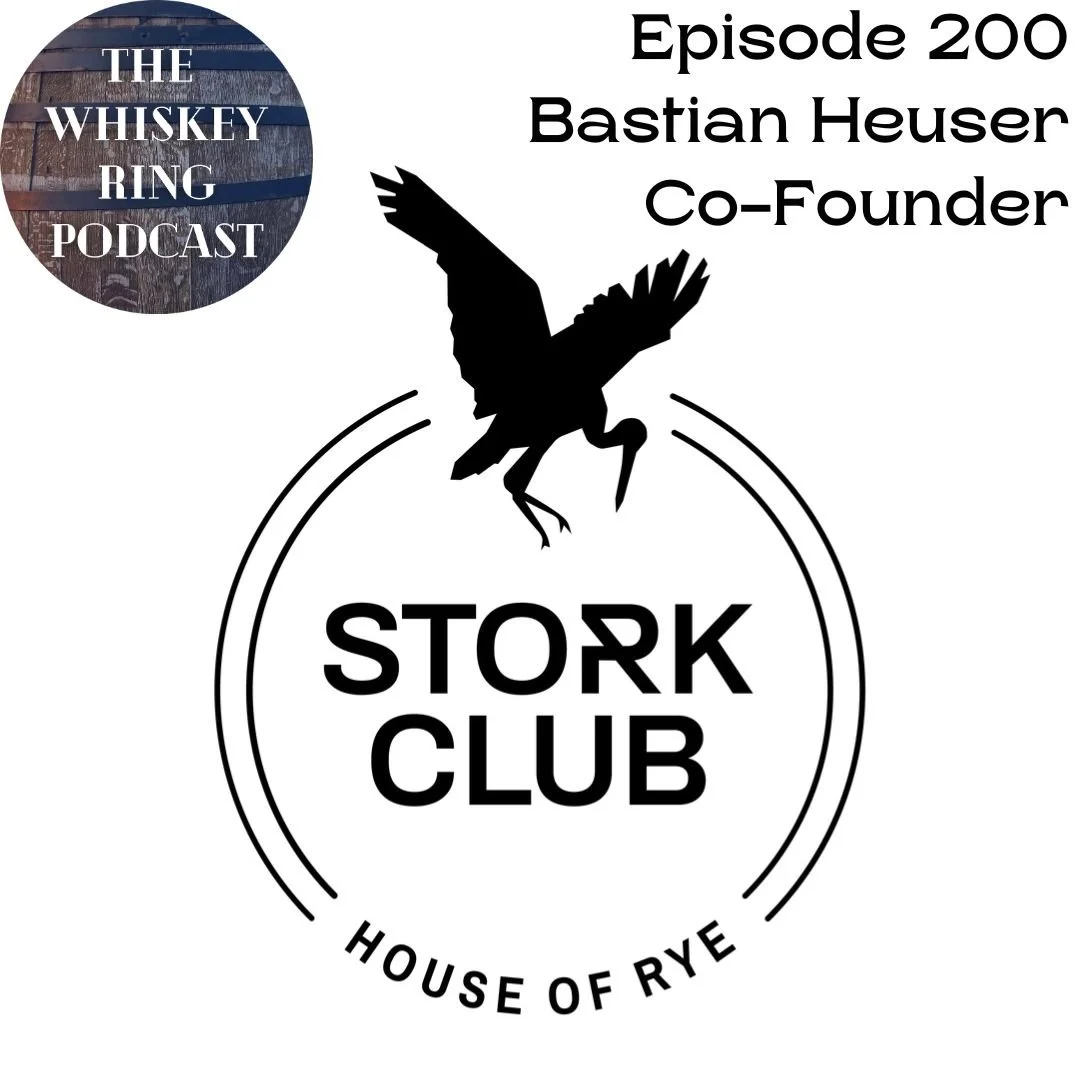Vertigo Blended American Whiskey
What the fuck is light whiskey? Ok…maybe that’s a little harsh. But seriously, where is this coming from and why now?
Short answer: light whiskey is whiskey distilled higher than 160 proof and up to 190 proof. In the US, whiskey must be distilled no higher than 160 proof and enter the barrel no higher than 125 proof. Light whiskey is a totally different category, related, but different - it can also be aged in used or un-charred oak containers (still has to be oak to be considered whiskey, though!)
When you distill to that proof, not only are you stripping out more and more flavor, scent, and mouthfeel molecules, you’re also creating something that can be influenced more quickly and more broadly by the container in which it is aged (read: can mature and go to market quicker).
Why would you want this? It’s pretty simple, really…bourbon drinkers celebrate the joint resolutions of Congress in 1964 naming it the country’s native spirit, but the reality is that it was also a move sponsored by Kentucky congressmen to boost bourbon in the face of a clear spirit onslaught. Vodka was rising, bourbon was falling, rye was almost dead, and whiskey distillers were scared. A solution was come to: in 1968, the Light Whiskey category was introduced with the specifications noted above. A lighter, cleaner spirit somewhere between vodka and whiskey, light whiskey was a grab at straws to rescue the industry from its clear spirit doldrums. Needless to say, it didn’t work, and it wasn’t until the 80s that bourbon and whiskey began to rise again.
Following most everything spirits-related that doesn’t work in the US, light whiskey made its way to Canada, where companies like Schenley, Seagrams, Hiram Walker, and more used light whisky (notice - no “e”) to stretch their whiskey stocks. When light whiskey and its “e” returned to the US, it was done quietly, and sat for many years at plants like the Seagrams/LDI/MGP distillery in Indiana. Many years later, that’s where Dave Schmier of Proof and Wood came across the barrels.
Proof and Wood isn’t the only company to put out a light whiskey blend - Cat’s Eye Obtanium and several others did the same - but they did it arguably better than the others. Vertigo is a blend of 25- and 12-year-old light whiskey, 8-year-old rye, and 5-year-old bourbon, proofed to 105. When I tried it, I really didn’t know what to expect having never tried light whiskey before. Before tasting its sister whiskey (100 Seasons), I thought it best to try light whiskey in a blend. Now, on to the notes.
Vertigo Blended American Whiskey: Specs
Classification: Blended American Whiskey
Origin: MGP
Mashbill: Undisclosed
Proof: 105 (52.5% ABV)
Age: NAS (Blend of 25- and 12-Year-Old Light Whiskey, 8-Year-Old Rye, and 5-Year-Old Bourbon)
Location: Indiana
Vertigo Blended American Whiskey Price: $150
Vertigo Blended American Whiskey Review: Tasting Notes
Eye: Dark apple juice. Thin rims and quick thin legs.
Nose: At first, I get lots of ethanol and acetone. Lighter corn scents start to drift in, like husks shucked off or someone cooking grits down the street. Some proof heat stings the nostrils while orchard wood peeks in, especially apple wood. The nose mellows quickly, losing those harsh initial notes.
Palate: Lots of cinnamon on the palate, both baking spice and Red Hots. Golden apples roll in next, with a slight effervescence like a hard cider gone flat. Mouthfeel is silky, medium-bodied, coats under the tongue but nowhere else. Enjoyable tip-of-the-tongue heat. Oak is a secondary player, felt in the cheeks but not really tasted. Dusting of cocoa on the end.
Finish: On the short side of medium, dry hard cider and a little caramel apple without being too sweet.
Overall: My first experience with anything containing light whiskey, and I didn’t mind it. I find this a little simple, perhaps, but once the ethanol/acetone note disappears from the nose it’s a tasty pour with plenty of dry cider notes. At the price point, I’d probably pass, but it’s worth a try if you can find a pour.
Final Rating: 6.8
10 | Insurpassable | Nothing Else Comes Close (Blanton’s Straight from the Barrel)
9 | Incredible | Extraordinary (GTS, Elijah Craig Barrel Proof B518 and B520)
8 | Excellent | Exceptional (12+YO MGP Bourbon, Highland Park Single Barrels)
7 | Great | Well above average (Blanton’s Original, Old Weller Antique, Booker’s)
6 | Very Good | Better than average (Four Roses Small Batch Select, Knob Creek 14+ YO Picks)
5 | Good | Good, solid, ordinary (Elijah Craig Small Batch, Buffalo Trace, Old Grand-Dad Bottled-in-Bond)
4 | Sub-par | Many things I’d rather have (A.D. Laws Four Grain, Compass Box “Oak Cross”)
3 | Bad | Flawed (Iron Smoke Bourbon, Balcones)
2 | Poor | Forced myself to drink it (Buckshee Bourbon and Rye)
1 | Disgusting | Drain pour (Virginia Distilling Co. Cider Cask)










